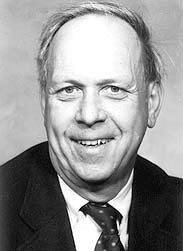A Case Against Tired Light and the Big Bang
Year: 2007
?Tired light? has been proposed as a mechanism whereby measured redshifts can be explained for a static universe that is not moving at all. Hubble?s law normally states that galactic distance varies linearly with redshift, interpreted as relative velocity in a Doppler sense. A tired photon supposedly loses energy linearly with distance traveled to exactly compensate for Hubble?s law. Experimental evidence is presented that the universe is highly heterogeneous and its density decreases strongly with distance from the Earth. Since highly correlated patterns of periodicity also result in this environment, conditions for a linear loss of photon energy with distance are not met. Furthermore, at least for Compton scattering, energy loss can only occur when the photon changes direction. This makes it impossible for a single photon to travel in a net straight line and still lose energy, regardless of the distribution of scattering masses. Hence, ?tired light? is a false premise from two standpoints, existence of a non-uniform density distribution of matter in the universe and lack of a viable physical mechanism to cause energy loss with distance traveled.


